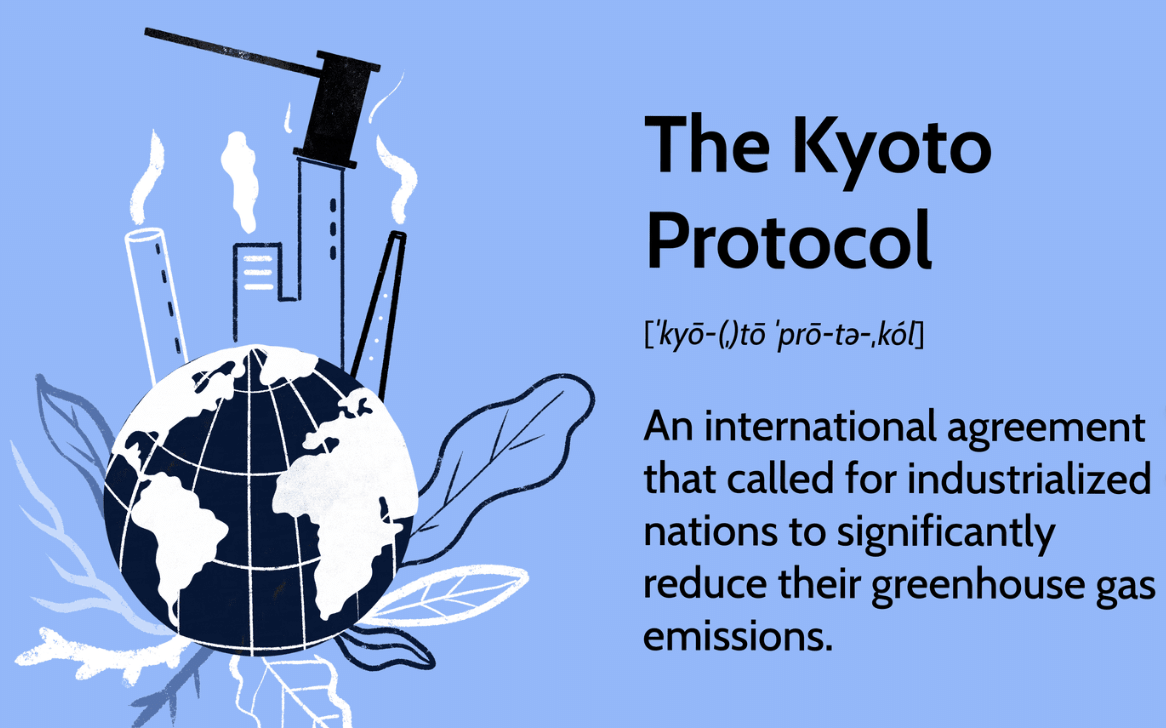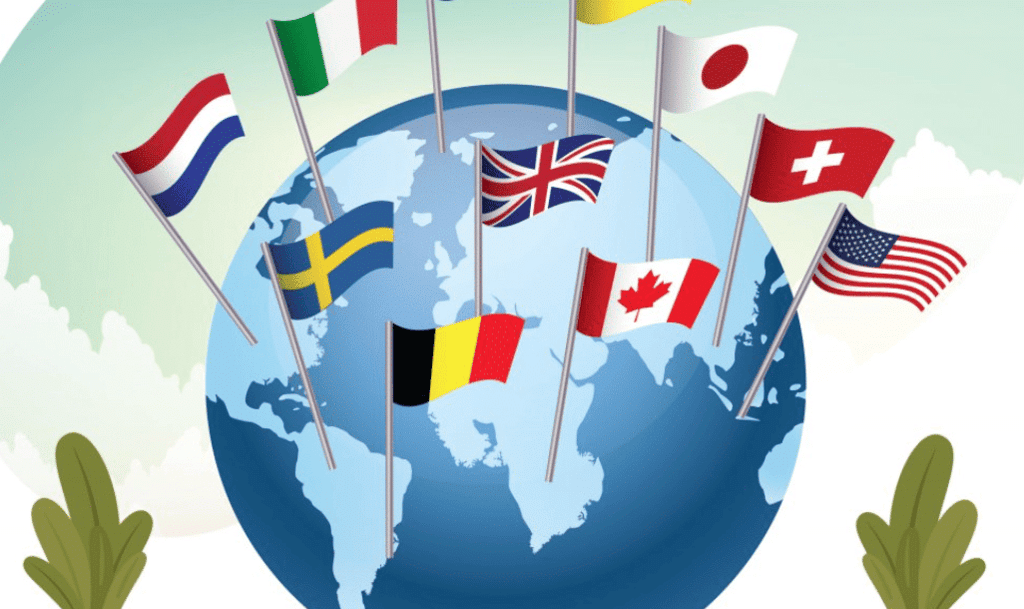Assignment: Environment and Natural Resources | Political Science Class 12 - Humanities/Arts PDF Download
| Table of contents |

|
| Multiple Choice Questions (MCQs) |

|
| Short Q/A |

|
| Activity-Based Questions |

|
| Research-Based Question |

|
| Word Search |

|
Multiple Choice Questions (MCQs)
Q1: Which among the following best explains the reason for growing concerns about the environment?
a) The developed countries are concerned about protecting nature.
b) Protection of the environment is vital for indigenous people and natural habitats.
c) The environmental degradation caused by human activities has become pervasive and has reached a dangerous level.
d) None of the above.
Ans: c) The environmental degradation caused by human activities has become pervasive and has reached a dangerous level.
Q2: Which event in 1992 brought environmental issues to the centre-stage of global politics?
a) Kyoto Protocol
b) Earth Summit
c) Montreal Protocol
d) Paris Agreement
Ans: b) The Earth Summit held in 1992 brought environmental issues to the centre-stage of global politics.
Q3: What is meant by ‘global commons’?
a) Resources owned by a specific nation.
b) Resources shared by all and not controlled by any one country.
c) Resources controlled by international corporations.
d) Resources available only in developing countries.
Ans: b) Global commons refer to resources shared by all and not controlled by any one country.
Q4: Which of the following is a significant environmental issue faced by developing countries?
a) Loss of biodiversity
b) Overfishing and soil degradation
c) Water pollution
d) All of the above
Ans: d) All of the above are significant environmental issues faced by developing countries.
Q5: Which country signed the Kyoto Protocol but did not accept binding commitments to reduce greenhouse gas emissions?
a) India
b) United States
c) Japan
d) China
Ans: a) India signed the Kyoto Protocol but did not accept binding commitments to reduce greenhouse gas emissions.
Short Q/A
Q1: What is the role of the Rio Summit in global environmental politics?
Ans: The Rio Summit, held in 1992, consolidated global environmental issues at the political level and produced conventions on climate change, biodiversity, and forestry. It also introduced the concept of sustainable development.
Q2: What are global commons, and why is managing them challenging?
Ans: Global commons are resources such as the Earth's atmosphere, Antarctica, the ocean floor, and outer space that are shared by all and not owned by any one nation. Managing them is challenging due to competing national interests, unequal technological capabilities, and the need for international cooperation.
Q3: Why is water considered a critical resource in global geopolitics?
Ans: Water is crucial for human survival, agriculture, and industry. Disputes over shared rivers and water resources between neighboring countries have led to tensions and conflicts, making it an important issue in global geopolitics.
Q4: What are the key principles of 'common but differentiated responsibilities' in environmental agreements?
Ans: This principle acknowledges that developed countries are historically responsible for more environmental degradation and should take greater responsibility for corrective actions, while developing countries should be allowed to prioritize their economic growth.
Q5: What is the significance of the 1997 Kyoto Protocol?
Ans: The Kyoto Protocol set binding targets for industrialized countries to reduce their greenhouse gas emissions to mitigate climate change. It aimed to address global warming through international cooperation but excluded developing countries from binding commitments.
Activity-Based Questions
Q1: Activity: Investigate the Impact of Sacred Groves in India.
Instructions: Research sacred groves in India and explain how they contribute to ecological balance and biodiversity conservation.
Ans: Sacred groves in India are areas of forested land preserved for religious reasons. They help conserve biodiversity and ecological functions by preventing deforestation and encouraging sustainable harvesting practices. These groves also contribute to preserving cultural diversity as they are managed by local communities.
Research-Based Question
Q1: How does the concept of sustainable development address the environmental concerns of both developed and developing countries?
Ans: Sustainable development seeks to achieve a harmonious balance between economic growth and environmental protection.
Responsibility of Developed Countries:
- Historically, developed countries have contributed significantly to global pollution.
- They are encouraged to take proactive measures to reduce greenhouse gas emissions.
- Support for developing countries through financial aid and technological assistance is crucial.
Support for Developing Countries:
- Developing countries are permitted to pursue industrialization to promote economic growth.
- Such growth must be balanced with environmental considerations to avoid irreparable harm.
- Access to sustainable technologies and funding helps these nations implement eco-friendly practices.
Collaboration:
- Global cooperation is essential for effective environmental governance and sustainable practices.
- Partnerships between nations can lead to shared knowledge and resources for sustainability.
Long-term Vision: Sustainable development aims for long-lasting benefits that ensure resources are available for future generations.
Word Search
Instructions: Find the answers to the questions below in the word search provided.
Clues:
- The Global Environmental Summit held in 1992
- The international agreement aimed at reducing greenhouse gases
- A region that is often cited as part of the global commons
- The resource often cited as a source of geopolitical conflicts

Ans:
- Earth Summit
- Kyoto Protocol
- Antarctica
- Water

|
34 videos|308 docs|51 tests
|
FAQs on Assignment: Environment and Natural Resources - Political Science Class 12 - Humanities/Arts
| 1. What are the main themes explored in the Environment and Natural Resources Humanities/Arts article? |  |
| 2. How can the arts contribute to environmental awareness and advocacy? |  |
| 3. What are some examples of environmental themes in literature and visual arts? |  |
| 4. How does cultural heritage influence contemporary environmental practices? |  |
| 5. What role do interdisciplinary approaches play in addressing environmental issues in the humanities? |  |




















